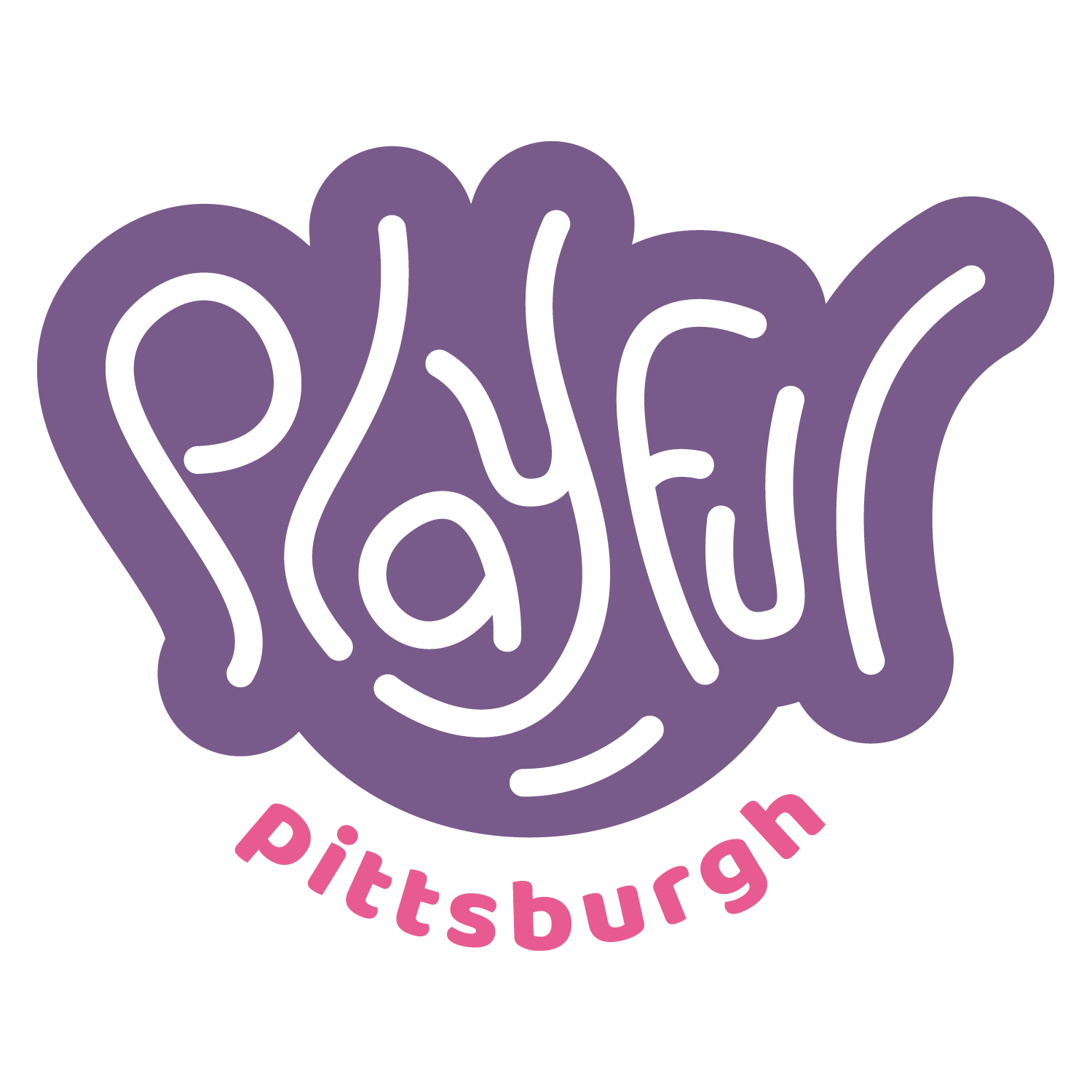How Bluey Showcases Play, Creativity, and Emotional Learning for Children...and Adults
Sisters Bluey and Bingo from the television show, Bluey.
If you are a parent, grandparent, or caregiver, you have more than likely heard of the animated, family entertainment phenomenon that is "Bluey." With the upcoming “Bluey’s Big Play” live program taking place in Pittsburgh during September, the fandom for the play-focused canines continues to trend upwards. But what has made the cartoon so memorable and impactful?
For most families and caregivers, the way in which the show advocates for play and creativity, mixed with heart-tugging storylines, makes the show a “must watch” for all ages.
Bluey Helps Teach Children and Parents About Play and Creativity
Simply, adults and kids love this Australian animated show. The program mainly focuses on a family of blue heeler dogs living in Brisbane. While the episodes themselves are only seven minutes long, the show illustrates the beauty of childhood and focuses on the realities of being a parent in current times.
The animated program features 6-year-old Bluey; her 4-year-old sister, Bingo; her mom, Chili; and her dad, Bandit.
The show exemplifies what years of child psychology research have made clear: that children learn through play. Bluey illustrates a variety of age-appropriate caregiving practices that parents and caregivers can use in the everyday life of a child. There are even certain episodes or scenes that provide inspiration for playful learning opportunities for all families.
Check out a list of playful learning lessons highlighted by The 74, a nonprofit news organization covering America’s education system.
What are parents and caregivers learning from “Bluey?”
From lessons about why personal self care is important to lessons about accepting and moving on from failure, Bluey’s storylines have shown to be empathetic, insightful, and most important of all, emotional.
During a recent NPR segment, parents of children whom are fans of the show shared why Bluey has been impactful in navigating the everyday, real life issues and complications that come into
During the episode “Grandad,” a senior family member needs a medical procedure (heartworm surgery) and rest. While the children want to get outside and play with their energetic granddad, the mother, Chili, harks on why her father should be resting, but ultimately learns that time is fleeting and childhood deserves attention. Chili reminisces on her own playful experience with her caregiver, giving some perspective in the minds of adults from this unexpected, educational source.
This is one of many examples of how Bluey incorporates social-emotional learning into relatable scenarios for all ages, and particularly for adults.
Check out a list of 12 life lessons that adults can learn from the show from ScreenRant.
Bluey’s Big Play, September 23 and 24, Pittsburgh, Pa.
If you’re in the City of Pittsburgh, you’ll have an opportunity to check out the live show, “Bluey’s Big Play” on September 23 and 24. The live program takes audience members through a Sunday afternoon in the Heeler household where Dad (Bandit) feels like a little bit of afternoon time out, while children Bluey and Bingo have other plans for their day.
Learn more about “Bluey’s Big Play” from the Pittsburgh Cultural Trust

